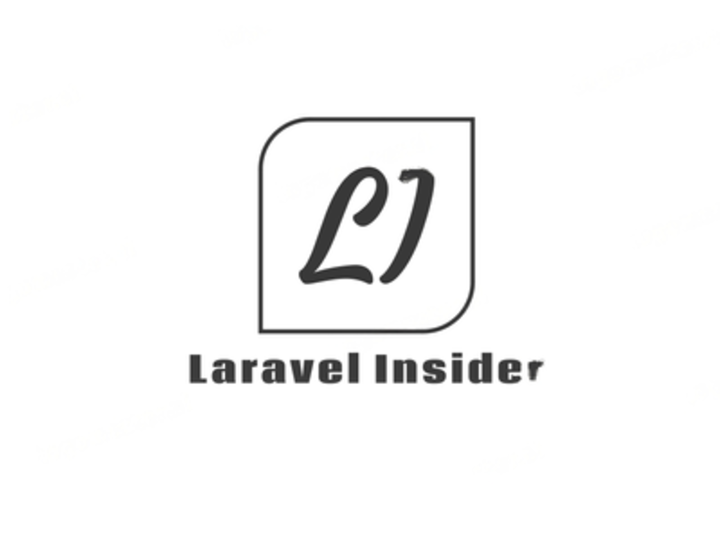Laravel’s Contribution to Rapid, Agile Development
In the fast-paced world of software development, speed and efficiency are paramount. Developers today face the challenge of delivering high-quality applications quickly while adapting to changing requirements. Enter Laravel, a powerful PHP framework that has emerged as a game-changer for developers looking to streamline their workflow.
Laravel not only simplifies common tasks but also enhances productivity through its elegant syntax and robust features. Whether you’re building small projects or large-scale applications, this framework offers tools that make rapid development achievable without compromising on quality. If you’re keen on embracing agile methodologies in your projects, understanding how Laravel fits into this equation is crucial.
